Architecture and sustainability: green construction and materials.
Aiming for zero emissions with timber and steel.
Sustainable construction and a reduced ecological footprint are two inextricably linked concepts.
Worldwide, the construction industry accounts for roughly 39% of all CO2 emissions: an alarmingly high percentage, largely attributed to the production of building materials, transportation and the amount of energy consumed throughout a building’s life cycle.
In seeking to lower this percentage, choosing sustainable construction materials is key: timber from responsibly managed forests is the choice par excellence in achieving this goal.
Timber versus concrete sustainability
Timber and concrete constructions have very distinct CO2 emission profiles,
with the former typically producing less CO2 over the entire life cycle of a building. Timber even absorbs and stores carbon as it grows, acting as a CO2 “sink”. Its processing also requires less energy compared to concrete, resulting in fewer emissions during production.
To the contrary, producing cement, the primary component of concrete, accounts for approximately 8% of global CO2 emissions.
Even when considering the entire life cycle of buildings, or other elements like waste production and water consumption, timber typically maintains a lower carbon footprint.
In its engineered variants (CLT, Glulam, LVL, etc.), it achieves structural performance comparable to steel and reinforced concrete, but in order to do so, glue and metal connections are used, often cited as the least sustainable part of the sustainable construction.
Incidence: how much metal is in a timber building?
The steel content in structures owing to connections (plates, screws and so on) is inherently minimal compared to the overall amount of timber used.
Let's take an example: a 160 mm x 600 mm x 8 m cross-section glulam beam connected at the ends with ALUMIDI440 brackets fastened with SBD dowels and LBS screws.
In this case, the volume of steel and aluminium accounts for much less than 1%: for each cubic metre of CLT structured as such, there are only 0.001 m3 of metal.


Transparent and clear documentation: the Rothoblaas promise
Despite the minimal volumetric impact of metal fasteners and insulation polymers, they are nonetheless the elements with the highest environmental impact in terms of the total carbon footprint of a timber construction.
And it is precisely these elements that Rothoblaas develops and markets in promoting the increasingly global and optimised expansion of timber construction.
Awareness of the impact of these materials is what prompted Rothoblaas’ R&D departments to explore new solutions aimed at minimising the consequences of using these essential yet “unsustainable” products in sustainable construction.
Where to start?
From making users aware of the environmental impact of products.
Ensuring informed use of Rothoblaas solutions through printed and digital media is possible, but not enough.
To ensure the impartiality of this data, Rothoblaas adheres to sustainability protocols that certify environmental product performance through ecolabels, recognised and qualified databases (Sundahus, BVB, Nordic Ecolabel), environmental declarations (EPDs) and emission classification systems (EMICODE®, French VOC).

Packaging reduction
For transport, handling and traceability requirements, many products need packaging, which often has a major impact on the volume. On-site waste disposal can also pose a problem.
Construction products should therefore be packaged using only the material needed to facilitate handling. Where possible, Rothoblaas strives to use materials that are not only readily recyclable and degradable, but also optimise boxing times.
Logistics optimisation
Fewer kilometres by road means fewer CO2 emissions, which is why efficient logistics and strategically positioned production and distribution hubs cannot be ignored, playing a crucial role in cutting down emissions across the production chain.
The goal is to produce and store products closer to the major markets.

Increasingly efficient products
Increasingly less weight, increasingly less material, but without compromising and potentially even improving performance: ongoing research and development means not only investing in new products but also implementing existing ones, especially through:
PRODUCTION OPTIMISATION: reducing raw material consumption
ENGINEERING OPTIMISATION: increasing the performance of the products so that we can use less of them
Here are four Rothoblaas research and development projects that have successfully contributed to reducing raw material consumption, sometimes even improving product strength.

The table shows some efficiency indicators, calculated as an average between versions of the same product:
WEIGHT: indicator of the amount of raw material used to manufacture the product
STRENGTH: the stronger the connections, the fewer will need to be used.
WEIGHT/STRENGTH RATIO: indicator of the structural efficiency of the connector. A decrease in this parameter indicates that, for the same strength, less raw material was used to produce it, benefiting the environment.
Data in hand, a future characterised by sustainable construction is inextricably linked to the use of timber, and timber construction is inextricably linked to the use of metal connections, to “less green” materials which, however, enable durability and widespread use.
Rothoblaas’ pact with future generations for a #MorewoodLessCo2 world hinges on doing everything possible to maximise the performance of these necessary products and enhance transparency along the production chain, providing architects, engineers and designers with as much data as possible to facilitate the design of zero-impact buildings.
It is a promise written in black and white right from the very first pages of our Plates and connectors for timber catalogue.
All rights reserved




